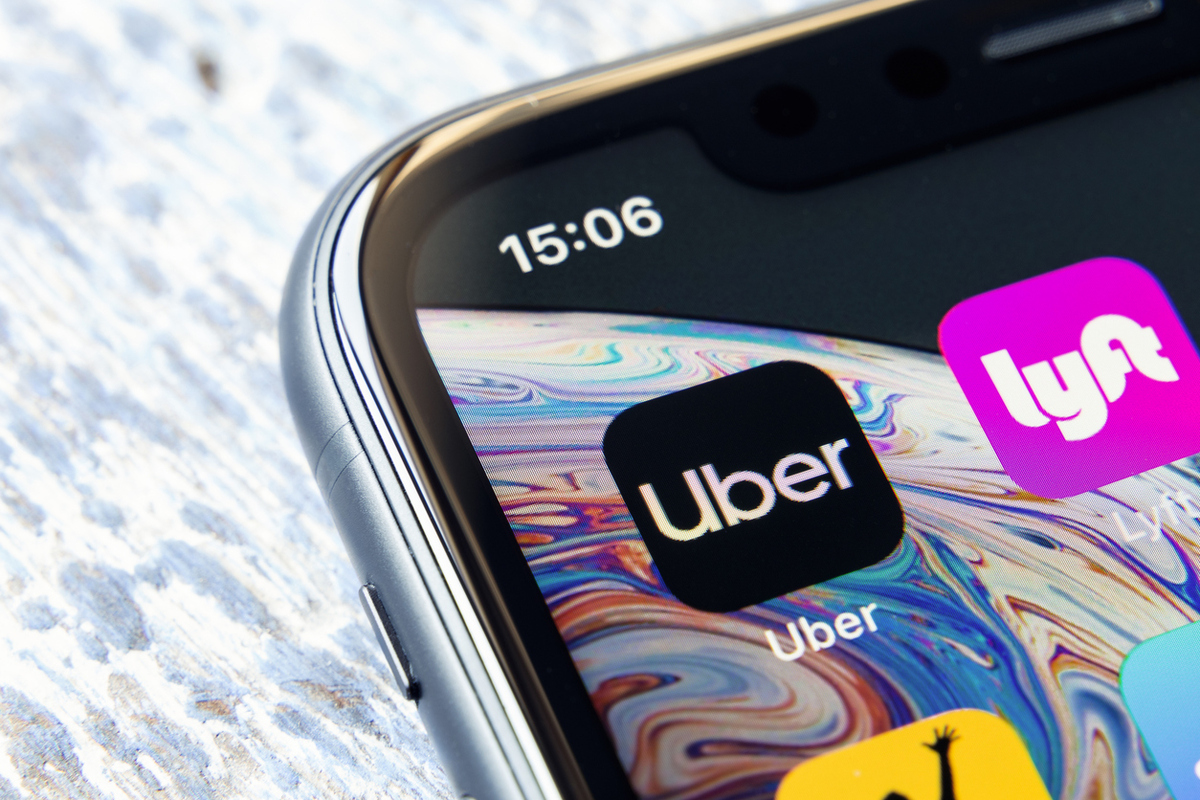Uber uses "kill switch" during raids to protect data

Leaked files shared by the Guardian show the involvement of senior executives at Uber using a “kill switch” during raids in multiple countries to prevent authorities from accessing IT systems and sensitive data.
Uber’s use of a kill switch in Hong Kong and Canada was already known, but the new documents, as part of the ‘Uber files’, show its use in at least 6 countries and the involvement of senior executives. The files consist of 124,000 documents, including emails, iMessages and WhatsApp exchanges, covering 2013-2017 and revealing discussions on how to block authorities from accessing certain data. The Guardian shared this data with the International Consortium of Investigative Journalists.
According to the Guardian, the first mention of this kill switch system is from raids in France in 2014, where Zac de Kievit, Uber’s former legal director in Europe, emailed an IT technician to “kill access”. Copied into this email were Travis Kalanick, former chief executive, and Pierre-Dimitri Gore-Coty, who is still part of the executive team.
During a 2015 raid in Brussels, police ensured staff couldn’t communicate with Uber HQ, and the documents show De Kievit later informed executives that there was no opportunity to use the kill switch. In a Paris raid four days later, better preparation meant access could be cut immediately and computer screens went black soon after the raid began.
The documents reveal Gore-Coty and Kalanick both emailing technicians to use the kill switch and cut access during subsequent raids in Amsterdam.
Uber also distributed a Dawn Raid Manual to employees as part of its response to raids, which gave instructions on how to act in this situation, including moving to a room without files or access to the internal IT system. This was not their only action to hinder authorities, as the documents show Uber blocking the usual functions of the app near police stations, using ‘geofencing’ to prevent authorities from getting cars.
What were the authorities looking for?
While the aims of each raid were different, they seem to all come down to Uber’s business model. In France, discontent from traditional taxi services led to the competition regulator, the DGCCRF, conducting the raid. The Belgian raid was part of a police investigation into Uber’s drivers and their licences.
Kalanick was replaced as chief executive in 2017 by Dara Khosrowshahi, and a representative says Uber stopped using the kill switch system at this point. A spokesperson for Kalanick affirms that Uber was not intending to “obstruct justice”, but that it was a “fail-safe” to protect intellectual property, and a “common business practice” that was approved by Uber’s legal department.
After the raid in Amsterdam, De Kievit was taken into custody and questioned, and was fined €750 for non-compliance with an official order, according to the Guardian.
Uber has subsequently tried to move on from this; spokesperson Jill Hazelbaker says Uber “will not make excuses for past behaviour that is clearly not in line with our present values”, and instead they should be judged by the last five years and the years to come.

Annabel Thomas
Most Viewed
Winston House, 3rd Floor, Units 306-309, 2-4 Dollis Park, London, N3 1HF
23-29 Hendon Lane, London, N3 1RT
020 8349 4363
© 2024, Lyonsdown Limited. Business Reporter® is a registered trademark of Lyonsdown Ltd. VAT registration number: 830519543





